
The Significance of Early Detection
At Bright Autism, we understand that every child's journey on the autism spectrum is unique, filled with challenges and victories, no matter how small. Recent advancements in research are revealing new pathways for early identification, which can dramatically influence the support and strategies available to these children and their families. One promising study from the Eunice Kennedy Shriver National Institute of Child Health and Human Development (NICHD) underscores the potential of analyzing children's movements as a screening method for autism spectrum disorder (ASD).
This groundbreaking study indicates that the nuances of how a child moves their arms during simple tasks can shed light on whether they may be on the autism spectrum. Using artificial intelligence and deep learning, researchers were able to distinguish between children with autism and their typically developing peers with impressive accuracy. It's a vivid reminder that every step towards understanding and support is crucial—one more little step toward success.
For many parents, understanding their child's unique needs can feel overwhelming. At Bright Autism, we are dedicated to sharing research and insights like these to empower parents with information they can use to advocate for their children. Our mission is not just to provide products, but to illuminate the potential within each child, one small victory at a time.
How Movements Can Indicate Developmental Differences
The NICHD study focuses on analyzing the trajectory of arm movements during an object-sorting task involving both children diagnosed with ASD and typically developing children. The precision of such a simple activity—placing blocks one by one—may hold critical clues in identifying developmental disorders.
Involving 27 children with ASD and 15 typically developing peers, this research emphasizes the importance of considering motor skills and movements in the screening process for ASD. This is particularly noteworthy as many current diagnostic methods rely heavily on behavioral assessments reported by parents, often overlooking the physical aspects of development.
The findings showed that children with ASD had wider, jerkier movements compared to those without the disorder. They experienced delays in both the speed of their movements and their reaction times. Insights like these emphasize that monitoring movement patterns can enhance understanding and recognition, supporting the need for comprehensive assessments that consider both behavior and physical abilities.
Breaking Down the Research Insights
This innovative approach to screening highlights that as children led arm movements in the study, they not only took longer to react but often overshot their targets—a reflection of the nuanced challenges many children with ASD face in fine motor skills. By wearing an inertial measurement unit on their wrists, researchers could record precise details of every movement, demonstrating that sophisticated technology can equip us with tools to better understand children’s needs.
It’s remarkable that the method could distinguish correctly between typically developing children and children with ASD roughly 78% of the time—and between adults and typically developing children with nearly 98% accuracy. These promising statistics mark a significant step forward in the ongoing challenge of diagnosing and supporting children with autism. It reinforces the message that each step— or in this case, every movement—counts.
At Bright Autism, we advocate for continuing exploration of these revolutionary findings. We believe family support is essential and aim to equip caregivers with insights to navigate and celebrate their children's journeys, inspiring them to recognize every achievement, however small.
The Path Forward: Utilizing AI in Autism Screening
As the study concluded, the findings support further research into the use of artificial intelligence for classifying children’s movements, leading us to consider the therapeutic and developmental implications of such a tool. Imagine a future where parents can obtain insights not only about their child’s interactions but also through their movements, allowing for a richer, more complete understanding of their needs.
This technology has the potential to change lives by addressing the challenges faced by families. Strengthening understanding allows for tailoring supports, helping children achieve their milestones and build connections with their peers. With each advancements in diagnostics, such as this movement analysis method, we're reminded that every little step contributes to greater awareness and action in the autism community.
Through sharing such vital information, we're not just talking about diagnosis but rather about early access to tailored interventions, therapies, and support systems that can facilitate growth in many areas—socially, emotionally, and physically.
Empowering Families with Knowledge
Bright Autism is dedicated to supporting families navigating the complexities of autism and related disorders. By sharing research findings, we strive to empower parents and family members with vital knowledge that can shape their approach to their child’s development. Understandably, the journey can feel daunting; however, with each discovery, we gain more tools to help unlock the potential within every child.
By exploring the physical manifestations of autism, we can break through some of the barriers to understanding and support. One more little step can lead to lifelong connections and achievements—an idea we hold dear at Bright Autism. Our vibrant community provides families with resources and guidance, all aimed at nurturing the strengths embedded within every child.
Creating an understanding environment at home and in social settings involves applying knowledge to daily routines, fostering awareness, and building emotional intelligence in children. That transformation begins with understanding and recognizing each child's unique capabilities, motivating them to shine in their own way.
Celebrating Growth Through Movement Analysis
Research continues to reveal that we must look beyond traditional methods to embrace innovative solutions in autism screening. The promise of motion analysis can lead us to a world where we capture those early indicators with unprecedented clarity. This keeps pace with a growing recognition of the diversity within the autism spectrum.
The potential implications of such technology are vast. Imagine personalized interventions utilizing this data to shape tailored therapies—each designed to meet a child’s specific requirements. As we embrace a multifaceted approach to development, we can truly honor each child’s lived experience and build systems that support their individual journeys.
For families, navigating this new landscape can feel rewarding yet challenging. With access to essential tools and insights, lasting partnerships can flourish between caregivers, educators, and therapists. Recognizing the importance of collaboration allows families to feel empowered to facilitate engagement and success for their children.
Finding Hope in Every Step Forward
As we anticipate the future of autism research, listening to and recognizing every accomplishment is crucial. Each child continues to teach us about patience, understanding, and support. Embracing their individual rhythms allows us to cultivate nurturing spaces where they can thrive.
Every step taken—even a small one—matters in the grand journey of life. We remain committed to sharing vital knowledge, encouraging families, and underscoring the importance of recognition in every success. The insights we glean from research like the NICHD study illuminate the path ahead, promising a brighter future for all children on the autism spectrum. So let’s continue celebrating each movement and milestone together.
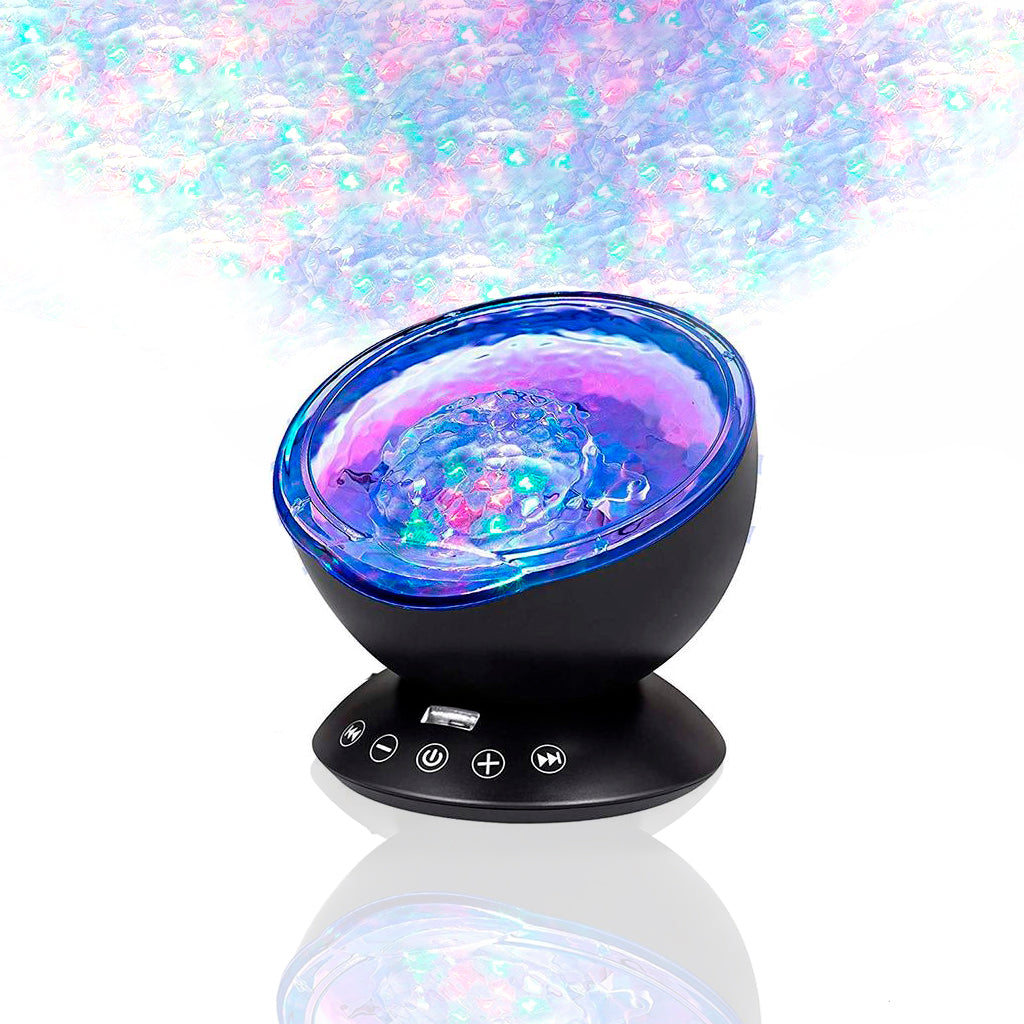
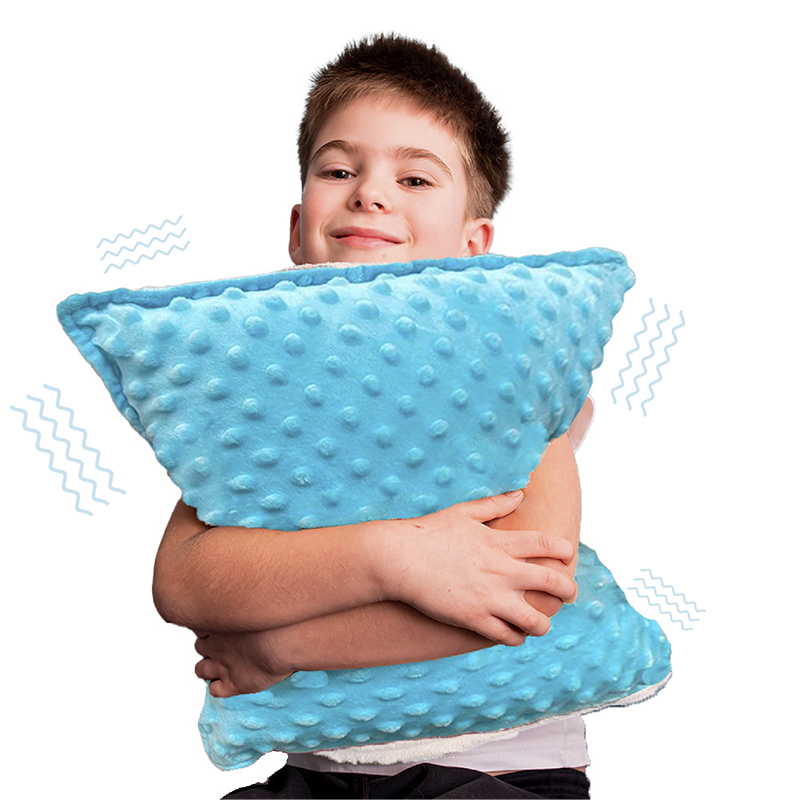
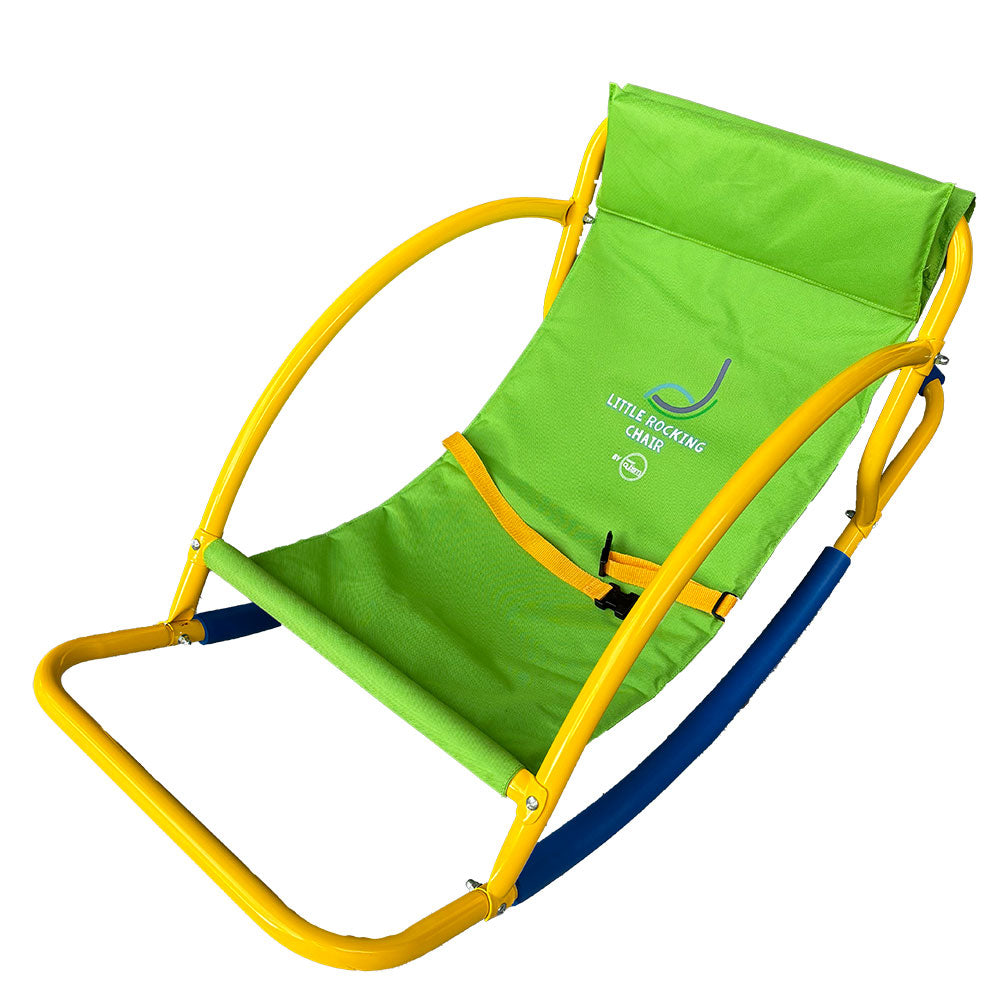
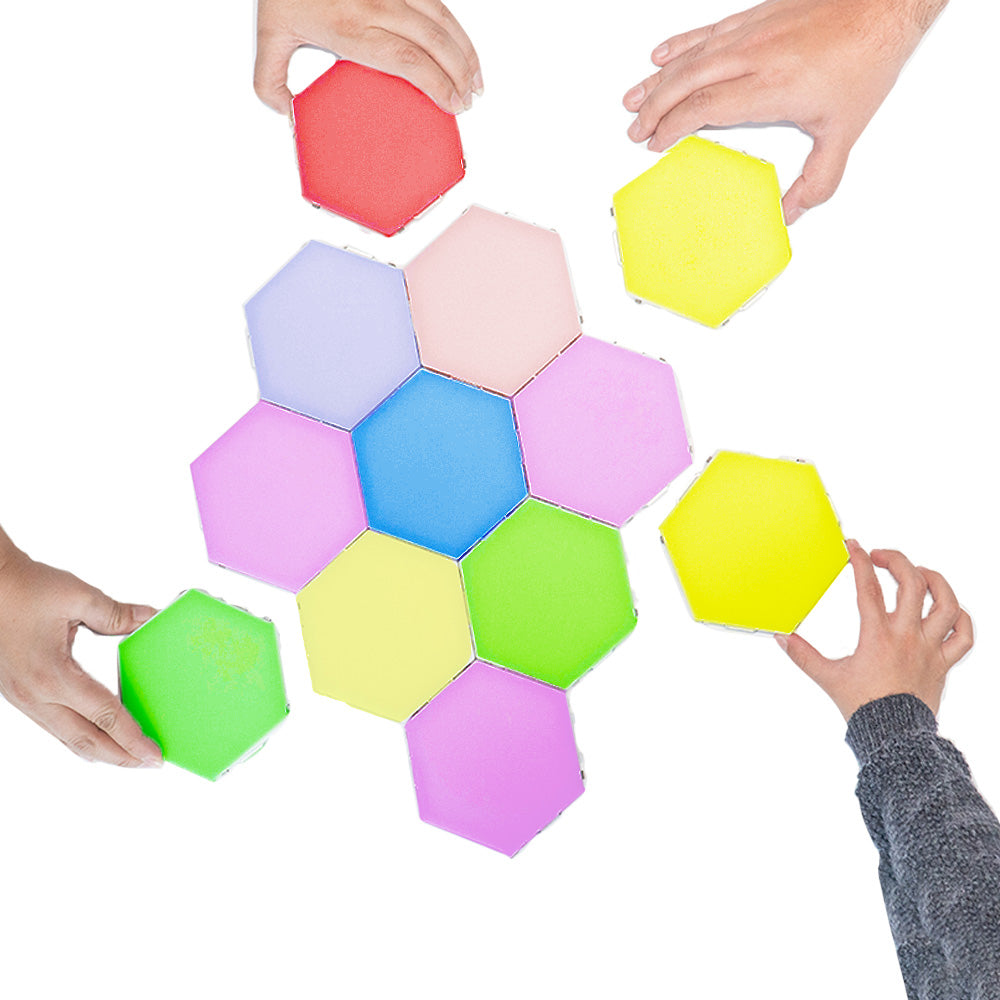
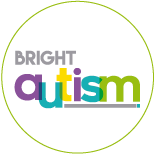





Leave a comment